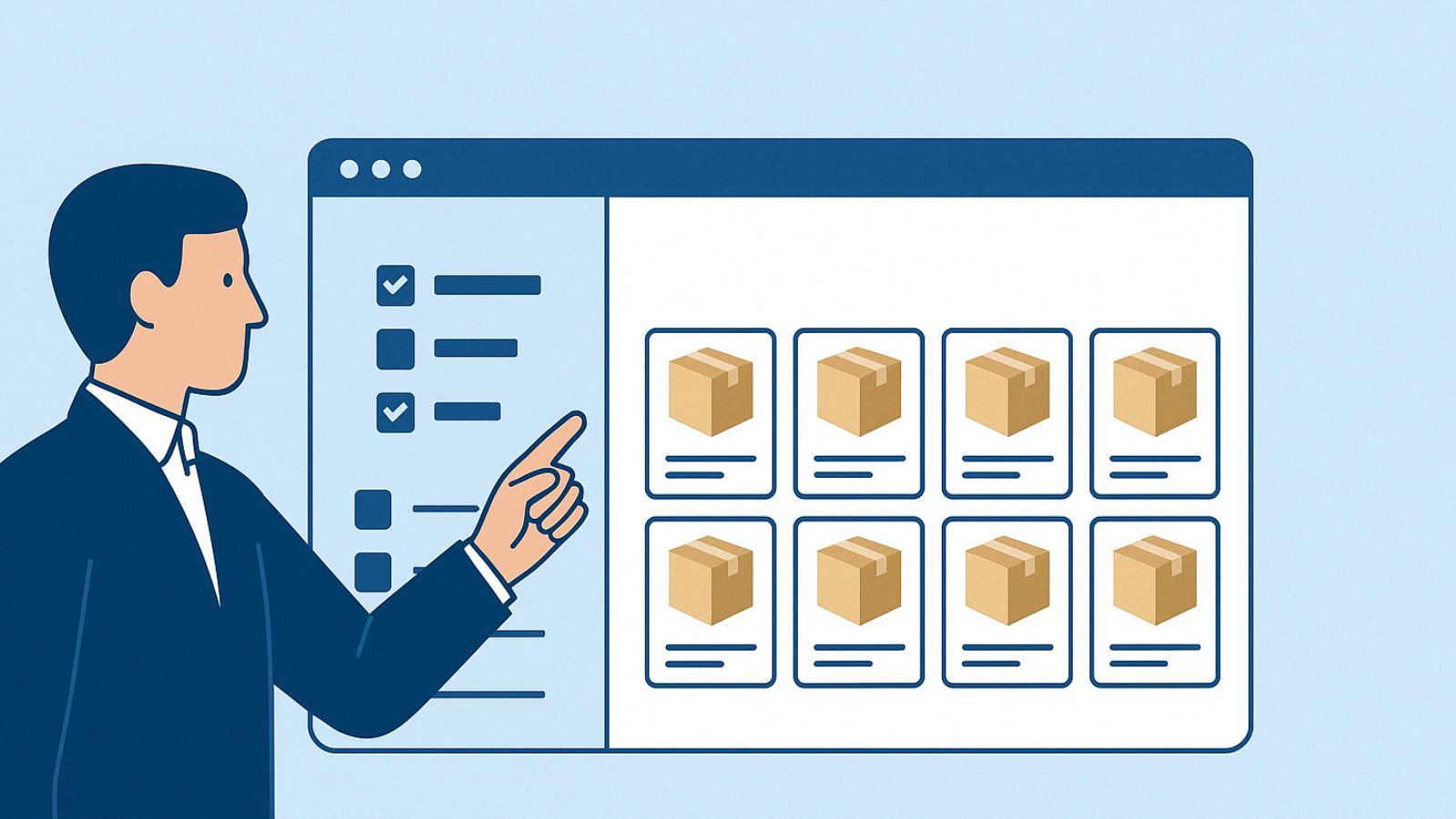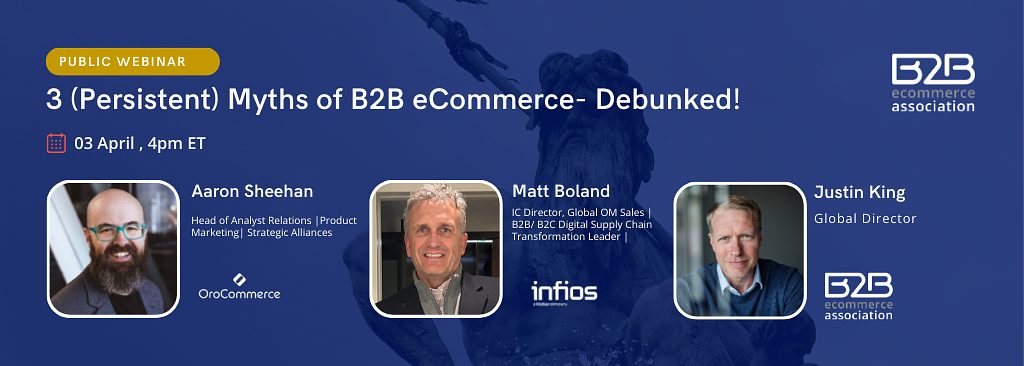As the new year kicks off, many B2B companies—especially small and mid-sized businesses—are diving headfirst into long-awaited #b2becommerce initiatives. Fresh budgets, carefully negotiated last year, are fueling investments in new tools like PIM, MDM, or advanced search and merchandising platforms as companies try to accelerate their #digitaltransformation efforts and take their digital maturity to a new level.
But here’s the hard truth: most of these projects are destined to fail.
Why?
How Customer Experience Creates a Differentiated Digital Business
Because while these companies have planned only for the *cost* of the software (and probably implementation of a minimum viable product). However they haven’t planned for every element that makes these tools effective: the context of *your* product lines, the details of each customer’s specific business needs, the capabilities of your team members, and – most importantly – the #customerexperience that helps integrates all three into a digital business that is truly differentiated in a way that the buyers at your customers will recognize and want to engage with more (at the expense of your competition).
eCommerce Platforms Are Only as Good as the Data and People
Sophisticated platforms can do incredible things, but they’re only as good as the data, the processes, and the people behind them.
- If you haven’t done the work to define what’s truly important about the products you sell—and structured your product information accordingly—no amount of technology will bridge the gap.
- If you haven’t defined and documented your processes around collecting and refining your digital assets, no LLM will solve that for you
- If you haven’t given the people in your team the training they need to use the technology well, or helped them understand how the technology helps them – you’ll never get their buy-in and success will be slow in coming
If customers can’t find or understand your products, they can’t buy them – and worse, they might think you don’t offer them. Then they go elsewhere – wherever Google tells them they might find it. And when that happens, even the most expensive eCommerce initiatives fall flat either way with digital-first younger buyers. Either they think you are stupid because you don’t carry something obvious, or they think you are stupid because you don’t know how to run a digital storefront.
5 Questions to Ask Before Starting an eCommerce Implementation
The takeaway? Before jumping into implementation, step back and ask:
- Do we have a clear understanding for what makes our products stand out?
- Do we have a well-defined rulebook for our product data that sets standards we can hold ourselves to (and more importantly, that we can set up a PIM to enforce)?
- Have we aligned our product data and taxonomy with how our customers search, shop, and buy?
- Are we ready to operationalize and sustain improvements to our product data over time?
- Have we trained our people on the technology so they see benefits that make their work lives better immediately?
The most valuable eCommerce projects don’t start with tech. They start with strategy. This is why the B2B companies with the biggest, most successful digital businesses didn’t do it by simply throwing money at the most expensive technology. Many of the most successful (B2BEA Award-winning!) manufacturers and distributors are using simple technologies, spending less on the technology of the solutions and more time to plan our how to get the most return on those investments in the least amount of time.
Want to know how to make that happen for your business? Let’s talk strategy today and create a roadmap that turns your 2025 budget into measurable results, not a list of hopes & dreams.









